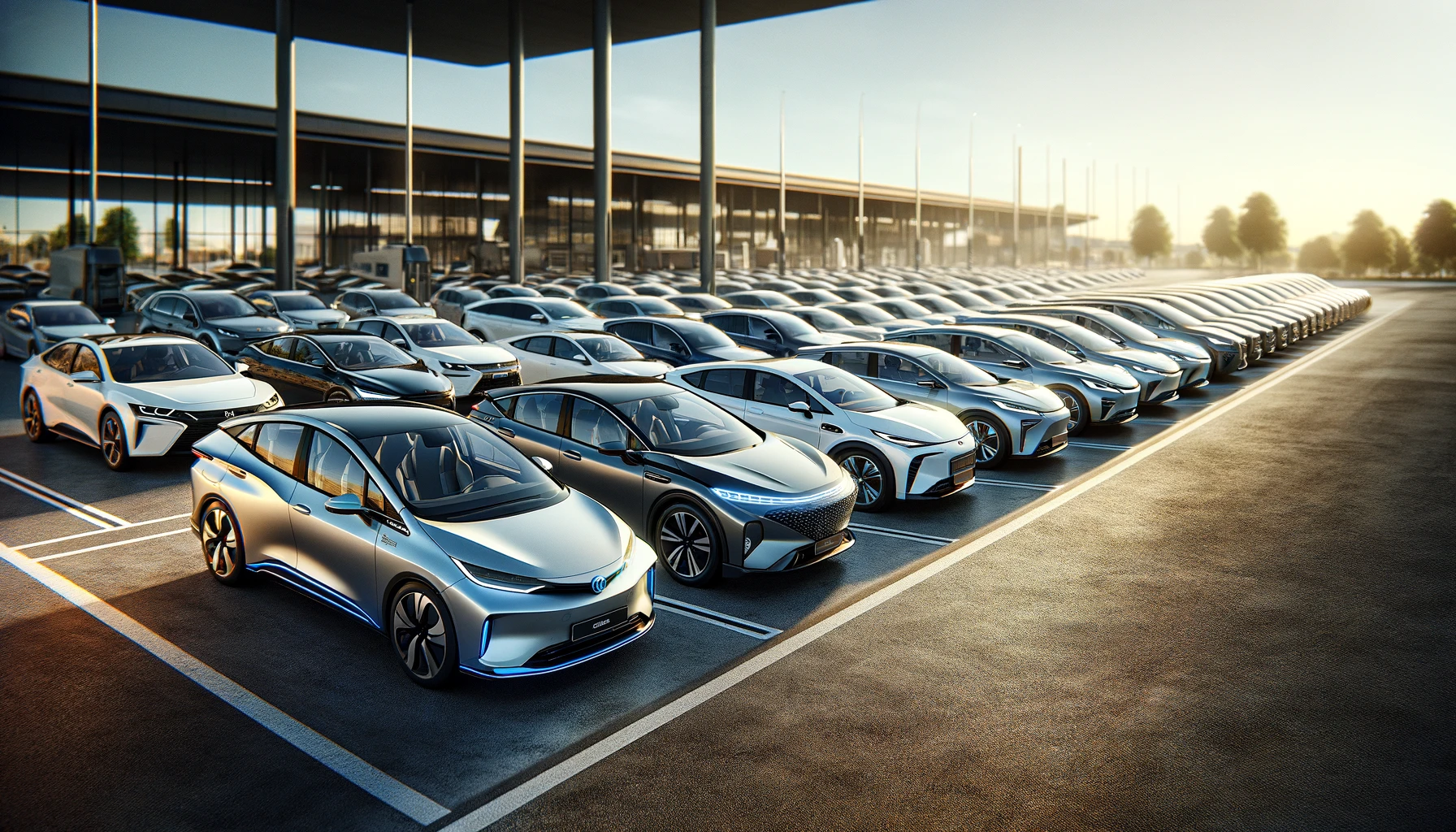When it comes to hybrid vehicles, one of the most intriguing questions is: How far can a hybrid car go without gas? This question not only touches upon the efficiency and design of hybrid vehicles but also highlights their role in a more sustainable future. As an expert in the field of automotive technology, I’ll take you through a comprehensive analysis of hybrid vehicles’ range capabilities.
Hybrid Vehicle Technology: A Detailed Exploration
To fully appreciate the range capabilities of hybrid vehicles, it’s important to first understand their underlying technology. Hybrid cars represent a fusion of traditional internal combustion engine (ICE) systems and innovative electric motor technology. This combination allows a hybrid vehicle to operate using either gasoline, electric power, or a blend of both, depending on the driving conditions and the vehicle’s current state.
The internal combustion engine in a hybrid is similar to what you’d find in conventional cars, but typically smaller and more fuel-efficient. The electric motor, powered by a rechargeable battery, can propel the car without engaging the gasoline engine, particularly during low-speed driving or in stop-and-go traffic. This ability to switch between power sources, or use them simultaneously, enables hybrids to optimize fuel consumption and reduce emissions.
One key component of hybrid technology is the regenerative braking system. Unlike traditional vehicles where braking power is lost as heat, hybrids capture this energy and use it to recharge the battery. This process further enhances their efficiency, particularly in urban driving scenarios.
Range Capabilities of Hybrid Cars
When discussing the range of hybrid cars without gasoline, it’s essential to look at the two types of hybrids: full hybrids and plug-in hybrids. Full hybrids, like the Toyota Prius, have smaller batteries and offer a limited electric-only range, generally enough for short city drives. In contrast, plug-in hybrids (PHEVs), such as the Chevrolet Volt, come with larger batteries that can be charged externally, allowing them to cover significantly greater distances on electric power alone – often between 25 to 50 miles or more.
This electric-only range is crucial for understanding a hybrid’s capabilities without gas. It’s particularly beneficial for daily commutes and urban driving, where the electric motor can handle most of the journey, significantly reducing fuel consumption and emissions. As battery technology advances, we’re seeing a steady increase in this range, making hybrids even more appealing to those looking to reduce their carbon footprint.
Moreover, the efficiency of the electric motor plays a vital role. Electric motors are inherently more efficient than gasoline engines, as they convert a higher percentage of electrical energy into mechanical power. This efficiency contributes to the extended range of hybrids when operating in electric mode.
Factors Affecting Hybrid Car Range
Several factors influence how far a hybrid can go without gas. These include:
- Battery Capacity: Larger batteries provide a longer electric-only range.
- Driving Conditions: City driving, with frequent stops and starts, often allows for more efficient electric-only driving than highway speeds.
- Vehicle Maintenance: Proper maintenance of both the engine and battery system is crucial for maximizing range.
Maximizing Hybrid Vehicle Range
To get the most out of your hybrid car’s range, consider the following tips:
- Regular Maintenance: Keeping your hybrid car well-maintained ensures optimal performance.
- Mindful Driving: Adopting a smooth driving style can help in conserving battery power.
- Use of Regenerative Braking: This feature captures energy during braking, charging the battery and extending its range.
Comparing Hybrid Vehicles
When considering the purchase of a hybrid vehicle, one critical factor to assess is its range capabilities, particularly in electric-only mode. For those interested in specific models and their range, delving into detailed reviews and comparisons can be incredibly insightful. For instance, an article like “How Far Does a Hybrid Car Go on a Full Charge?” provides an in-depth look at various models, highlighting how the range can vary significantly depending on the make and model. Factors like battery size, vehicle weight, and aerodynamics play a substantial role.
Additionally, understanding how hybrid cars perform in different driving scenarios is crucial. In “Are Hybrid Cars Good for Long Distance Driving?“, the focus shifts to how hybrids manage longer journeys, balancing between gasoline and electric power, and the efficiency benefits this brings. This comparison is vital for potential buyers who frequently travel long distances and are considering a hybrid vehicle for its fuel efficiency and reduced carbon footprint.
Environmental Impact
The environmental benefits of hybrid vehicles extend beyond their ability to run without gas. By combining an electric motor with a gasoline engine, hybrids offer a more environmentally friendly alternative to traditional gasoline-only vehicles. This dual-source system allows for reduced tailpipe emissions, as the vehicle can operate on electric power alone during low-speed city driving, a common source of high emissions in conventional vehicles.
Furthermore, hybrids contribute to the reduction of greenhouse gas emissions. When operating in electric mode, hybrids emit zero tailpipe emissions. Even when the gasoline engine is in use, the overall emissions are still lower compared to standard vehicles, thanks to the supplementary electric power and regenerative braking systems. These systems capture energy that would otherwise be lost and use it to recharge the battery.
Hybrids also play a crucial role in the transition towards fully electric vehicles. By familiarizing drivers with electric powertrains and reducing reliance on fossil fuels, they serve as a practical stepping stone in the shift to more sustainable transportation options.
In conclusion, when evaluating hybrid vehicles, it’s essential to consider both their range in electric-only mode and their overall environmental impact. These factors make hybrids an increasingly attractive choice for those seeking a more sustainable and efficient mode of transportation.
